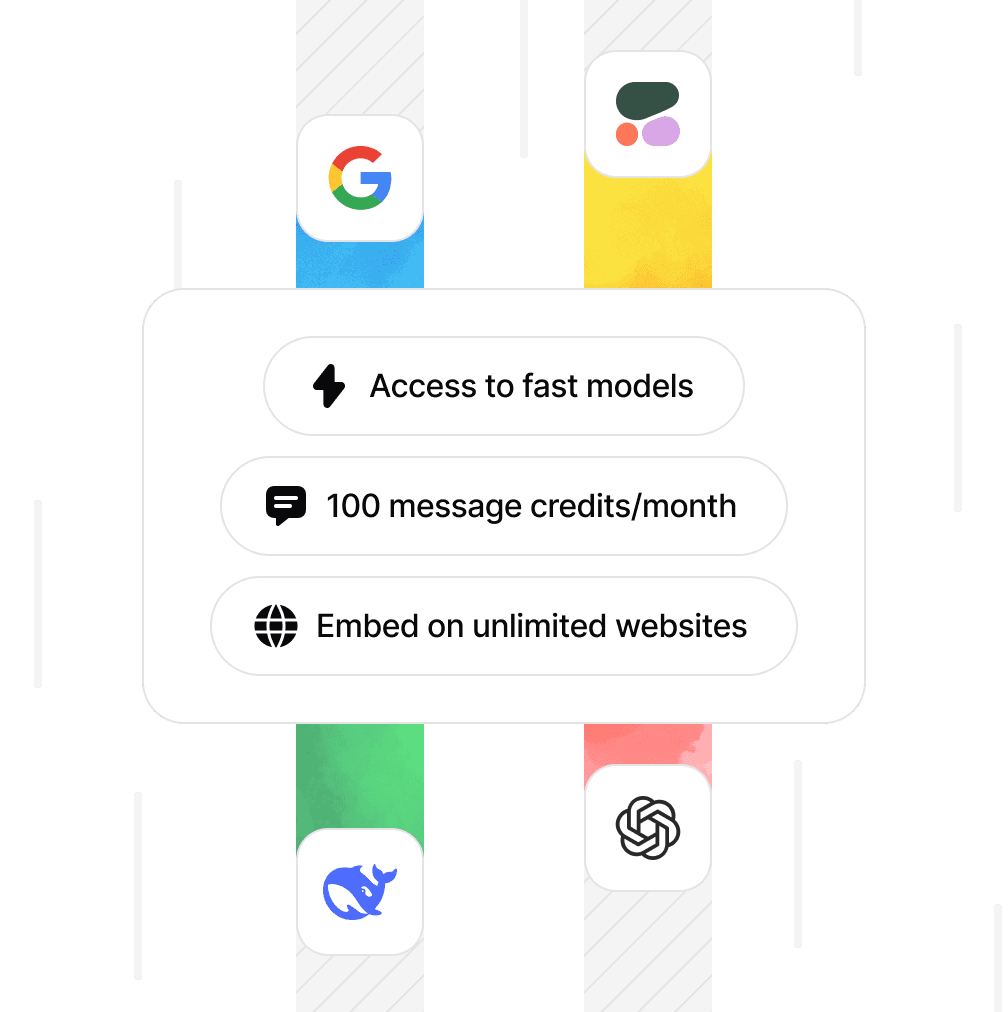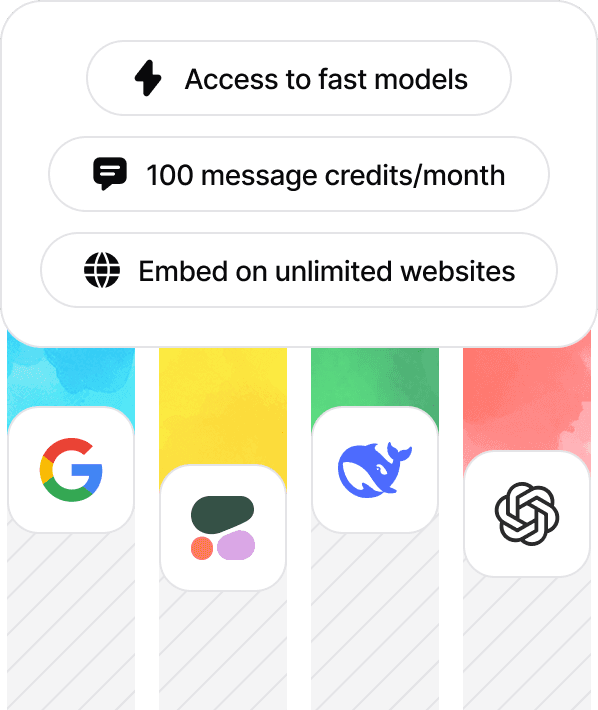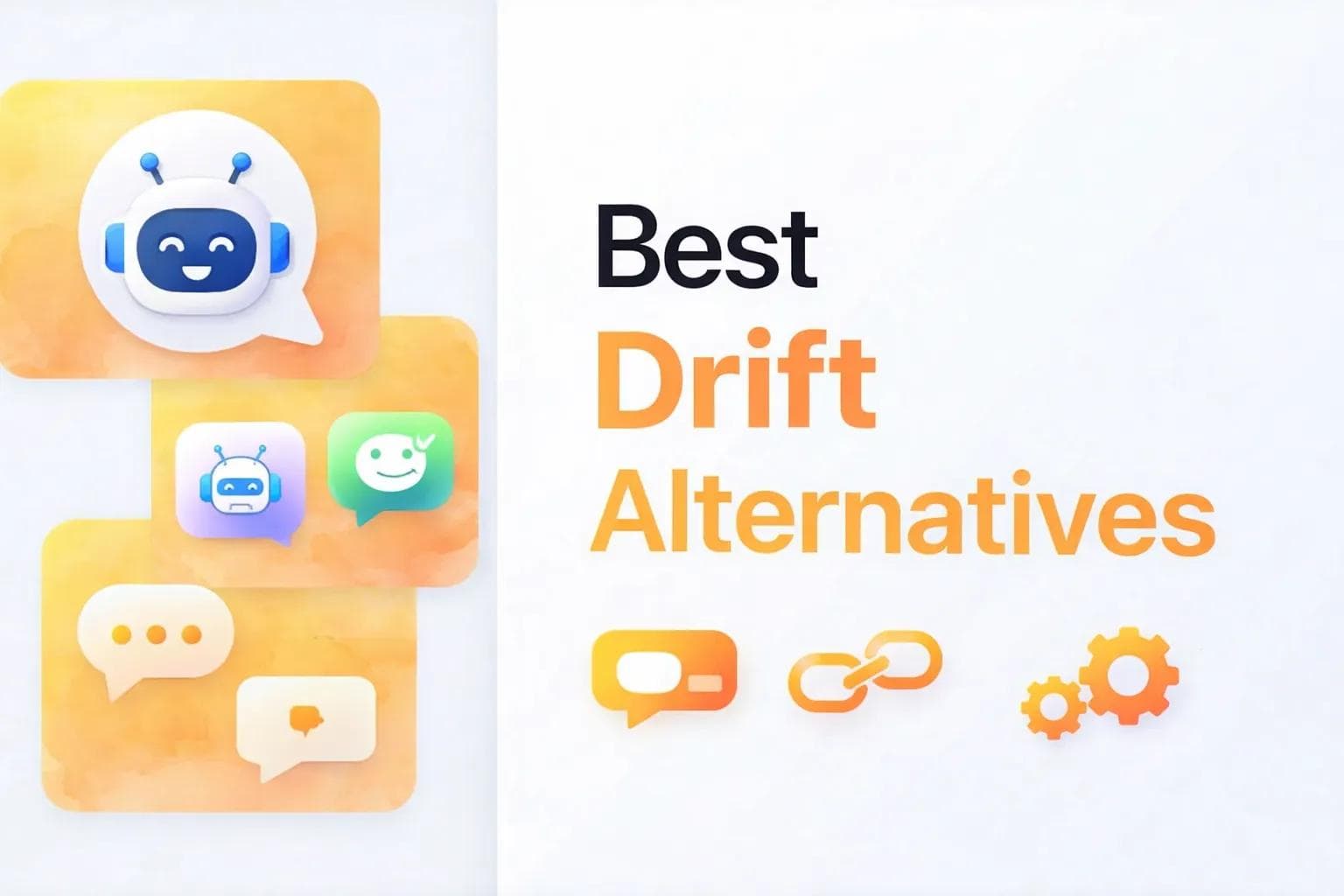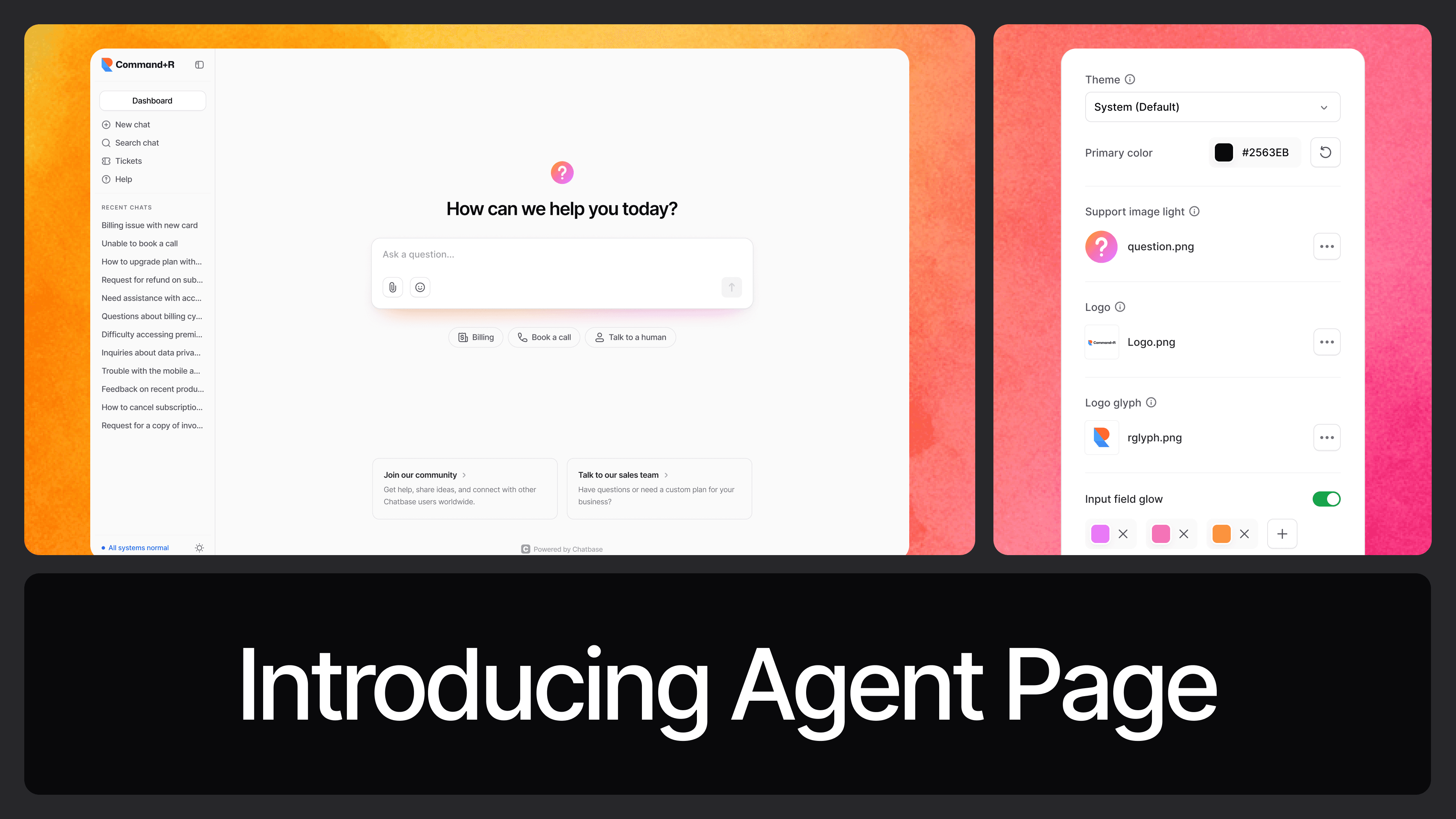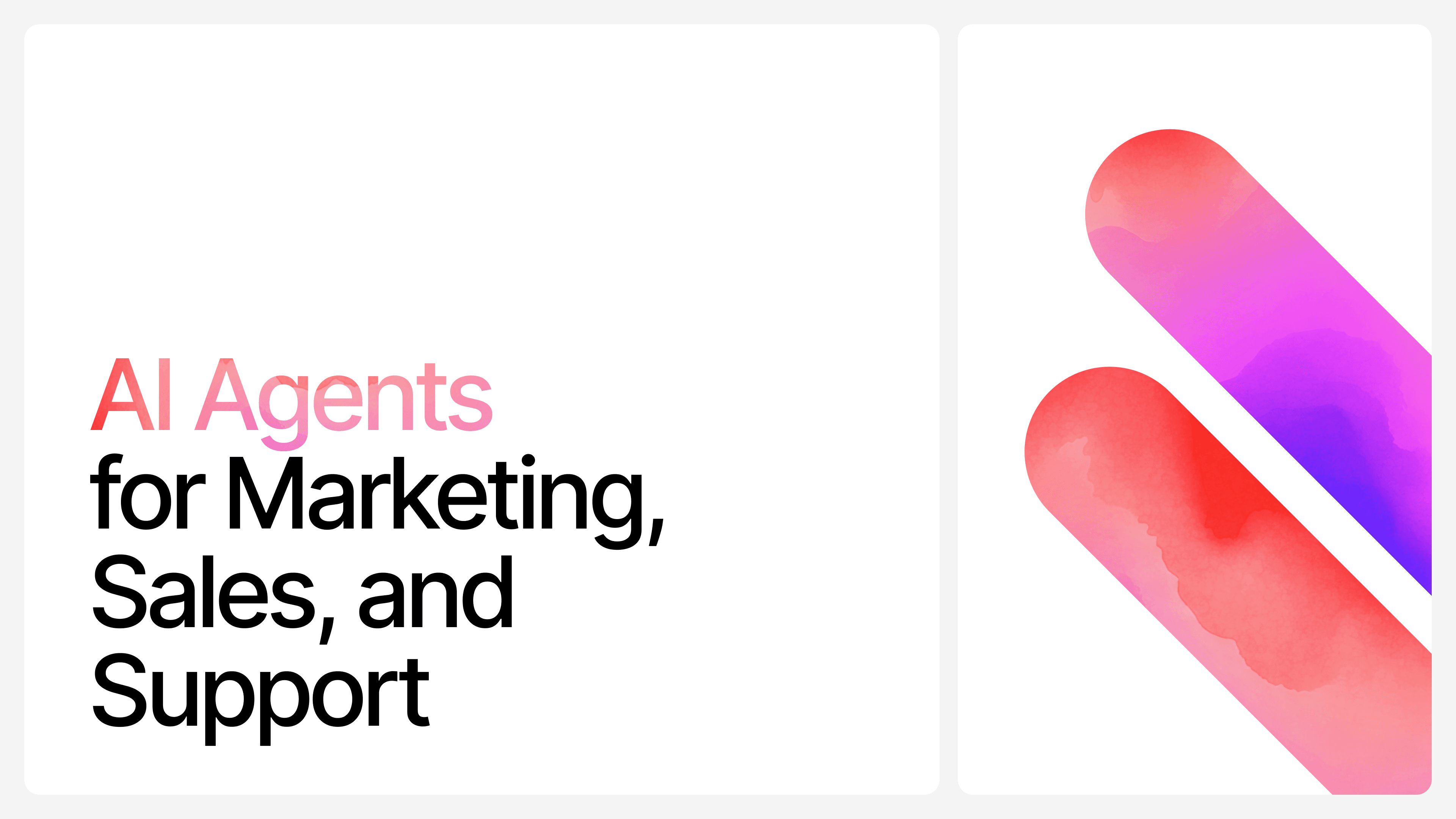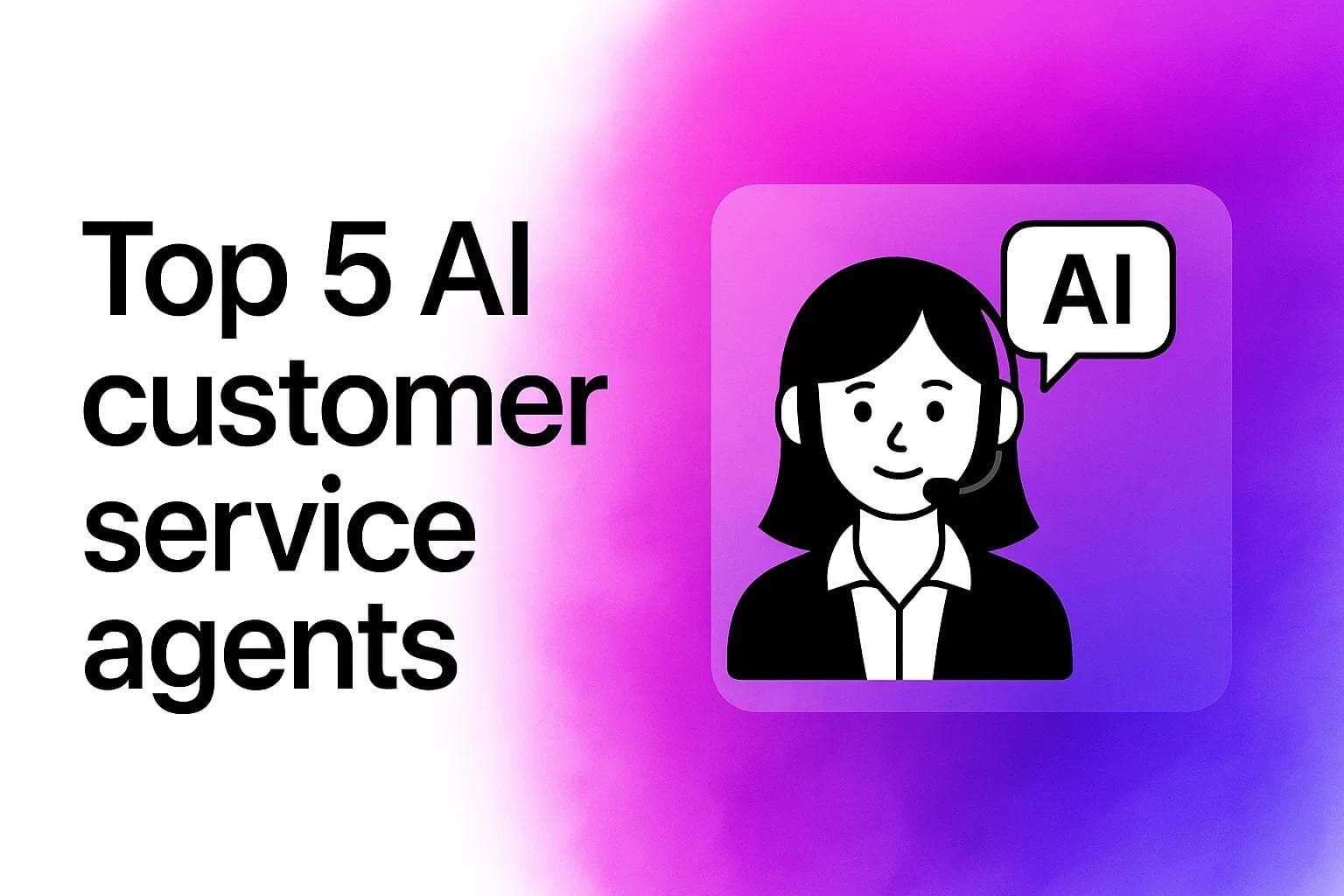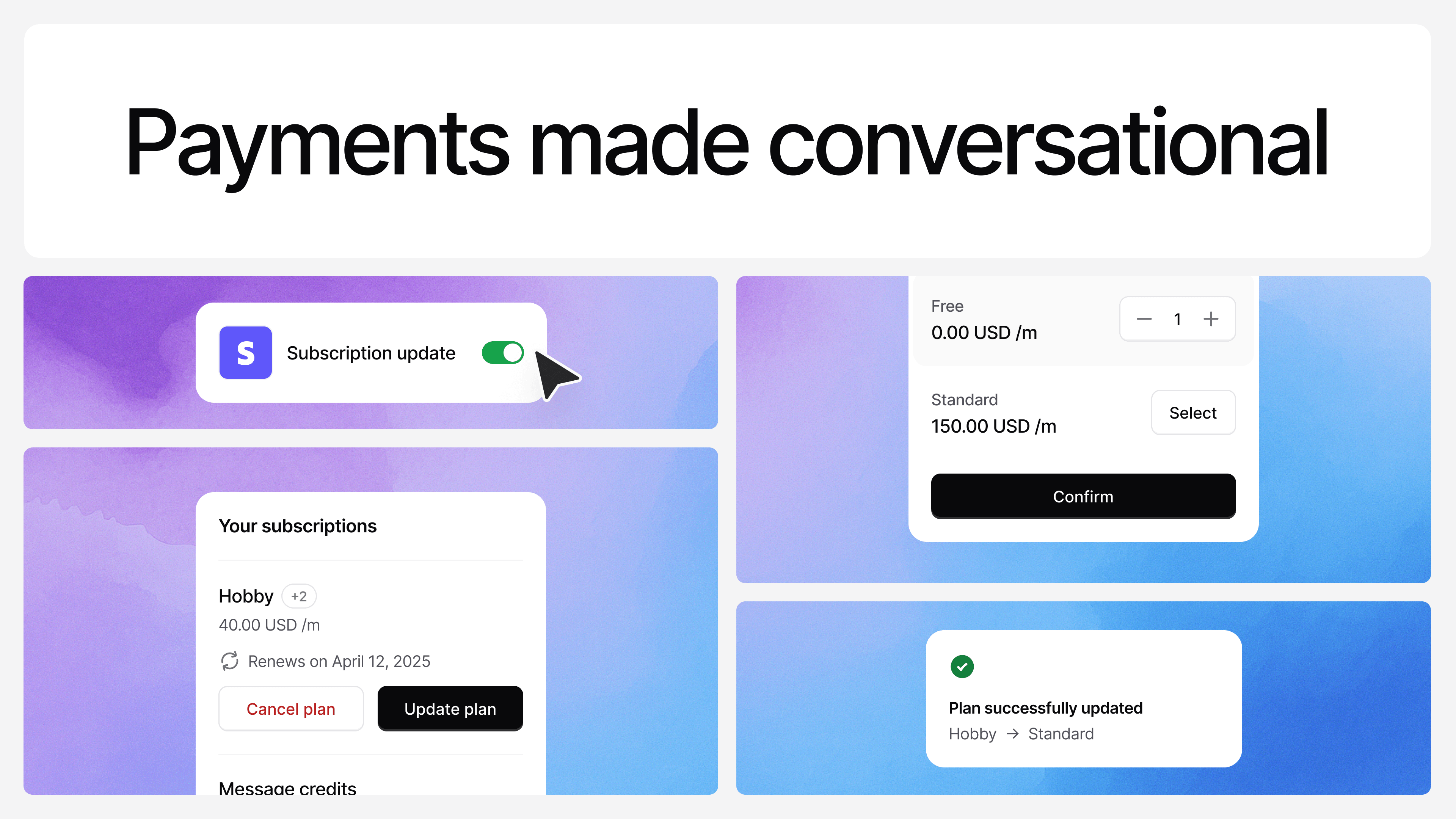7 Ways Content Creators Are Using AI
Max T
Sep 20, 2024
10 min read
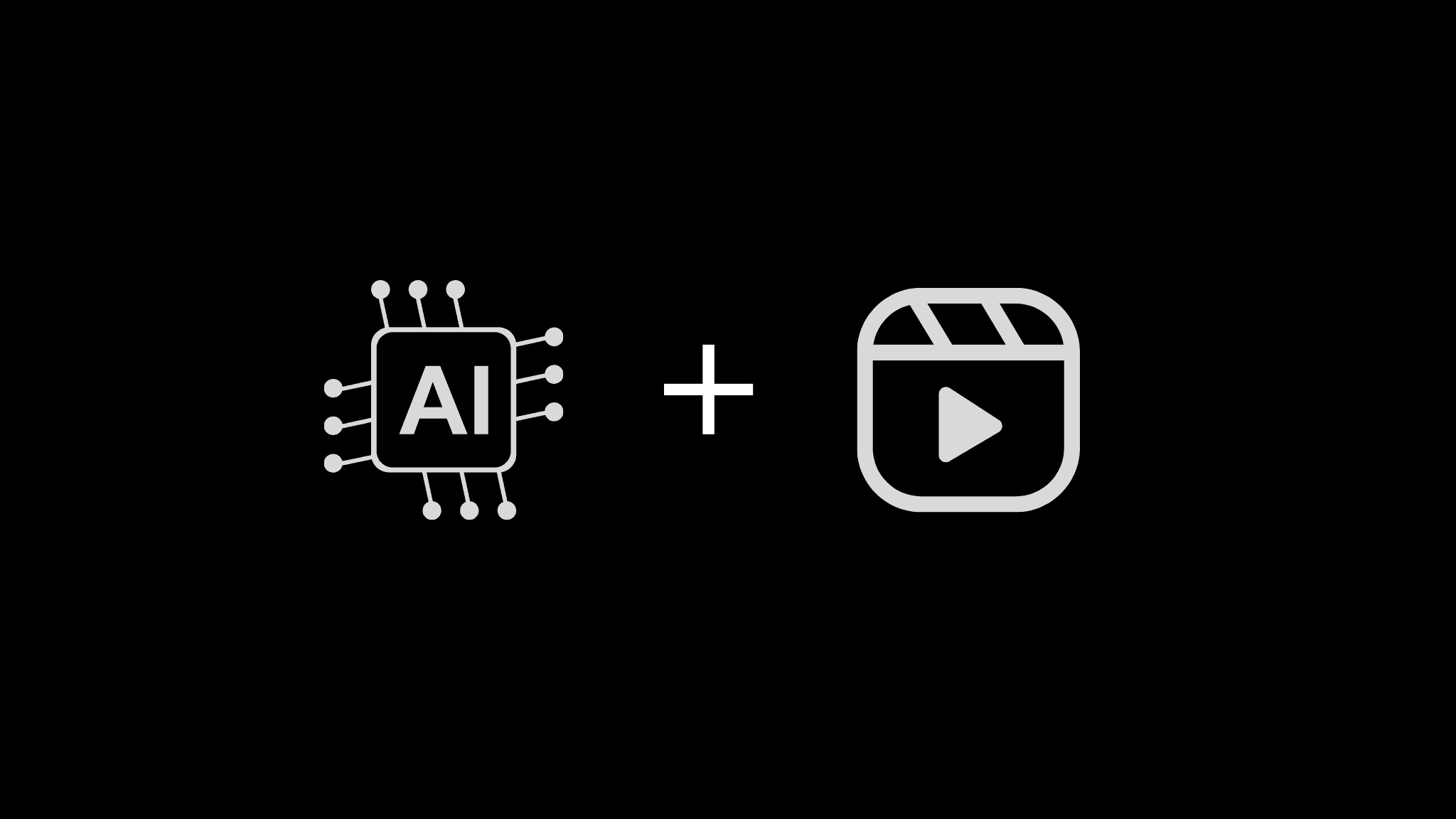
Since its recent increase in mainstream popularity, artificial intelligence (AI) has become a go-to tool for many professionals. Its automated abilities allow tasks to be carried out quickly and seamlessly.
As a result, AI has evolved beyond robotics and sci-fi fantasies to virtually all industries today, including content creation.
In the past few years, the content creation industry has witnessed a significant boost in the use of AI. Studies show that over 80 percent of content marketers employ AI in their content marketing efforts.
This is not surprising, given its range of functionalities. There are numerous ways AI can help with content creation. Here are six ways content creators are now using AI.
1. Automate Routine Content Creation Tasks
Artificial intelligence is one of the easiest ways to automate and streamline routine tasks. This is particularly useful for predictable and standardized functions. With AI tools, time and resources spent on manual labor are used to boost productivity in other areas. Tasks that would otherwise have been completed in hours or days are completed in minutes or even seconds.
The best way to utilize AI in this regard is to first identify areas that are repetitive and can easily be automated. These could include the creation of drafts, data organization, content publishing, and data management.
You can also use AI to create a standardized template for content creation with software like WordPress, Airtable, and Hubspot Content Management System. This not only reduces time and energy but also helps to maintain a uniform and standardized brand style.
Another aspect commonly automated is content distribution. Instead of posting content manually, AI allows creators to share posts in a more targeted manner, utilizing analytical and statistical data. This way, creators improve their visibility and discoverability. Tools like Buffer, Collie, Coschedule, and Hootsuite come in handy here.
In addition, artificial intelligence helps content creators analyze data easier and faster. Instead of manually examining data, artificial intelligence tools can accurately sift through loads of information within a short period of time. This enables creators to make more informed decisions much faster. Tools that are used for this purpose include Google Analytics, Moz Pro, and SEMrush.
There are several benefits to using AI to automate content creation tasks. Among these is that it enables scalability, that is, it enables adaptability to a growing or changing output size and even audiences. AI automation also helps to maintain a quality standard, eliminating the human errors that are often bound to arise from manual tasks.
2. Target Viral Trends
One major way Artificial intelligence has transformed content creation is by enhancing trend tracking and social media monitoring. In this fast-paced and ever-evolving social media landscape, staying at the top of trends is crucial for sustaining competitive advantage.
Consumers are constantly being pulled into new interests and preferences, and so creators need to know what is most popular and appealing in their industry.
How does this work? Artificial Intelligence uses various techniques to monitor trends. One of them is Natural Language Processing (NLP). NLP is basically a tool that processes human language, which it can then use to generate and interpret various forms of data.
Through NLP techniques like topic modeling and sentiment analysis, creators get nuanced insights into public opinions and various emerging trends.
Another way AI tracks trends is through machine learning. Machine learning enables algorithms to learn from data so as to make predictions and improve performance. Machine learning helps creators identify emerging trends and predict demand from their audiences.
Identifying these popular trends is crucial to helping creators boost engagement and resonate with their audiences. With these tools, creators customize their content strategies to match their audience’s changing interests. Thus, established creators stay trendy, while new creators can go viral and carve out their audience.
Several AI tools are useful for trend tracking. Some of them include Hootsuite, Agorapulse, Talkwalker, Exploding Topics, and Reputology.
3. Improve Audience Accessibility
Accessibility is a major aspect of boosting one’s popularity as a creator. It deals with the amount of reach a creator has, especially in regard to accessing diverse audiences. Many strategies contribute to accessibility, and there are numerous AI tools that enhance them.
One of these strategies is captioning. Captioning is an effective way to reach audiences who are hard of hearing or individuals who just find it easier to follow and engage audio content with texts.
Not surprisingly, caption generation is one of the most common ways content creators are using AI in recent times. To do this, artificial intelligence software uses speech-to-text technology that operates using Automatic Speech Recognition (ARS).
ARS works by picking up sound vibrations, converting it to a digital language, and filtering it. It then converts audio data into the smallest units of sound, known as phonemes. These phonemes are analyzed with a language model to determine the words or phrases that are a likely match. After this, the sounds are matched to words using a dictionary.
On the other hand, there are also text-to-speech features, which can be very helpful for individuals who are blind or have difficulty reading. Content writers often incorporate this feature into the web posts, attaching a “listen” feature at the top of their web pages.
Some social media apps also have these features in-built to enable greater accessibility. AI software that enables text-to-speech includes Open AI text-to-speech API and Microsoft Azure AI Speech Service.
Another key aspect of accessibility is language translation. Creators use this to reach audiences in various parts of the world. Using AI in translation rather than manually can also help eliminate human errors and save time. Popularly used software includes DeepL, Google Translate, and Microsoft Translator.
Other areas where creators use AI to improve accessibility are image recognition, text simplification, and audio description.
4. Content Enhancement
AI has become a very popular tool for editing and enhancing content among creators. This is no surprise, as AI products provide numerous cool and flexible features. According to Statista, editing made up 21% of what content creators in the United States were using AI for as of April 2023, higher than any other task.
Tools like Grammarly, for instance, are popular among writers for identifying spelling and grammatical errors and improving sentence tone and structure. There are also various tools that can improve content by adding catchy headlines, captions, introductions, and conclusions.
Research and fact-checking are also useful functions that AI performs to improve content. Creating reliable content creates a standardized perception of one’s work, which provides greater value for the audience. Through AI tools, creators can generate relevant research points that allow them to carry out an informed analysis. There's no shortage of tools for professional retouching and editing in the world of digital content creation.
Beyond enhancing their content, AI analyzes and provides feedback on creators’ works, identifying errors and possible areas of improvement. This helps improve their creative process and general output over time.
5. Ideation
This is another common way content creators utilize artificial intelligence tools. Creativity is crucial in any form of content creation. However, it’s quite common for creators to experience difficulty in kick-starting this process or even feel stuck in the middle of it.
Tools like Hubspot and ChatGPT are often employed for this reason. The good thing is that these tools can also provide a different perspective that the creator might never even have thought of, allowing them to think outside the box. The ability of artificial intelligence to surf through millions of data, enables it to give creators unique insights within short periods of time.
AI is useful not only for generating ideas; it also facilitates the sharing and communication of ideas among team members, which enhances the brainstorming process. Another way AI may be used is to test ideas to get feedback early in the creative process.
It’s important to note, however, that AI has its limits in ideation. Artificial intelligence software often generates the most popular answers, and there are also concerns about originality.
So, the best use of AI in ideation is to combine its suggestions with one’s creative ideas, or create an outline with it, or flesh out a content idea. It could be for really simple tasks like generating a caption on a social media post or even coming up with a topic to build on.
6. Search Engine Optimization
Creators always want to stay at the top of their audience’s minds and remain competitive in their industry. One of the most popular ways to do this is through Search Engine Optimization (SEO). By leveraging Generative Engine Optimization techniques and partnering with experts like Agency Backlinks, creators can significantly boost their SEO strategy. High-quality backlinks not only improve search engine rankings but also drive consistent organic traffic.
Artificial intelligence makes search engine optimization much easier and faster. For example, AI tools help in keyword research, a major aspect of SEO. Keyword research deals with the words and phrases that audiences use to look for information on search engines. AI also facilitates performance analysis, another aspect of SEO that focuses on engagement and SEO impact.
Tools like SurferSEO, ChatGPT, and NeuronWriter specialize in providing guidance on keywords. They typically do this by analyzing data from the top-ranking pages and identifying patterns, which they then use to provide recommendations on keywords. Google Analytics, Moz Pro, and SEMrush assist in performance analysis. Seline is another popular SaaS analytics tool among content creators.
Modern tools are also able to examine the behavior of users, such as the amount of time they spend on sites and their click-through rates. The aim of this is to monitor search intents and users’ interests.
However, beyond boosting visibility, AI also helps boost content quality with SEO. With the right SEO strategies like white-label digital marketing services facilitated by AI tools, content creators get better traffic, increased content visibility, and higher engagement.
7. Provide 24/7 Customer Support
As content creators build a following and grow their brand, maintaining responsive customer support can become increasingly challenging. Fans and followers often have questions, feedback, or requests at all hours of the day. Busy creators who are focused on developing new content may struggle to keep up with the influx of messages and comments.
This is where AI-powered chatbots can help fill the customer support gap. By implementing a chatbot on their website or social media pages, creators can provide instant, 24/7 responses to common customer inquiries. Chatbots use natural language processing (NLP) to understand the intent behind a fan's question and provide relevant, helpful answers.
One example of an effective customer support chatbot is Chatbase. Chatbase makes it easy for content creators to build an AI-powered chatbot without coding. The chatbot can be trained to answer frequently asked questions, provide links to relevant content, and even assist with transactions like merch purchases.
With Chatbase handling routine support requests, content creators can focus their time and energy on higher-value interactions with their audience. The chatbot acts as a tireless first line of defense, ensuring no fan message goes unanswered. It can also collect valuable data on the most common issues and questions, helping creators refine their content and support materials.
Implementing an AI customer support solution like Chatbase is a smart way for content creators to scale their support operations and build deeper relationships with their audience.
By providing instant, always-on assistance, creators demonstrate their commitment to fan satisfaction and engagement. In an increasingly competitive creative landscape, this kind of responsive support can be a key differentiator.
Ready to give it a try? Sign up for free to try Chatbase now!
Share this article:
